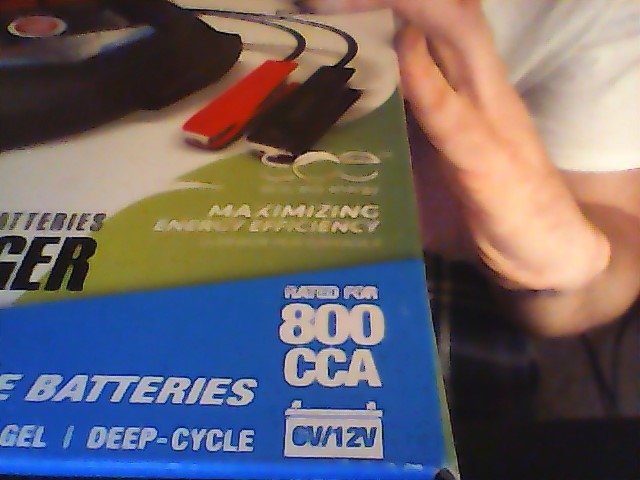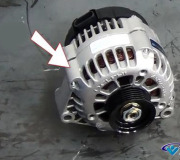You are really over-thinking this. Also, it depends on what you are trying to do. If you allowed the battery to run completely dead, the three-amp charge rate will fully charge the battery if you leave it on overnight, possibly for as long as 10 - 15 hours. The 15-amp range will do the job faster, in as little as two or three hours. If you trust the automatic controls, you should be able to leave the charger on overnight at that rate too, then the unit will taper off the charge rate on its own to prevent over-charging the battery.
If you are going to leave the van sit for the winter, the numerous computers' memory circuits will drain the battery. Unless specified differently by the manufacturer, the industry standard is to allow up to 35 milliamps, (.035 amps), for that "ignition-off-draw" current. Chrysler says at that rate, a good, fully-charged battery will still be able to crank the engine fast enough to start after sitting for three weeks. I have found with my 1993 Dodge Dynasty, (with less than 5,000 miles, so it sits a lot), the battery will be good enough for engine cranking after six weeks, but that is not guaranteed for all models.
If this is going to present a problem, your van will have a fuse to pull out to stop that small drain. I think you will have two fuses in a bright yellow holder that will pull part way out. Older cars like mine have a bullet connector in a fat cable to unplug. There are also battery maintainers made for this. Your three-amp charger should not be used for this purpose. Over a period of multiple days, it is going to over-charge the battery unless automatic controls turn it off. A better solution for that is a small solar-powered battery maintainer. 35 milliamps is not very much current, so the smallest solar charger you can find will do the job.
If you simply ran the battery dead by listening to the radio, use the 15-amp range for 15 - 30 minutes. That will be enough to start the engine, then the van's charging system will finish the job. Same thing if you need a jump-start in a parking lot. Normal driving for five to ten minutes will charge the battery enough to restart the engine next time.
Some people mistakenly think when they "upgrade" to a new battery with a higher CCA rating than the old one, they need a battery charger with a higher current rating. In fact, those two things have nothing to do with each other. That is like saying you need a water pump that can supply more gallons of water per minute because you are going to take longer showers. The charger manufacturer is exploiting the general lack of knowledge, or is trying to overcome the confusion about this by putting that, "Rated for 800 CCA). It is just as appropriate to say, "Rated for black batteries", or "Rated for lead-acid batteries". They are trying to assure you the charger will work on a replacement battery that has a higher CCA rating than the old battery had. When you understand batteries and chargers, you will realize that notation means nothing.
Besides the CCA rating, which indicates the maximum current the battery can supply while still maintaining at least 9.6 volts, you have to consider how long it can do that. No dog has a stronger bark than a Saint Bernard, but it can only do that once a minute, then it has to regroup and build up to its next bark. That does not accomplish very much. A chihuahua can yap, yap, yap all day long, and once it starts to become irritating, you can blow on it and knock it over. That does not accomplish much either. With car batteries, you need one that can develop a good 300 amps to get a starter motor going, and once it is up to speed, it only takes around 100 amps to keep it going. Putting in a battery with a higher CCA rating is not going to change anything. Even though it is capable of supplying more current, it is not going to. The starter will not crank the engine any faster, and the trade-off for that higher current capacity is likely to be that it cannot supply high enough current to the starter for as long as your old battery could. I just put a new battery in my Grand Voyager this morning. It used to run an inverter and my laptop for two hours, then it could still start the engine. That time became shorter and shorter until today, with the colder temperatures, it could only crank the engine for about three seconds; not long enough for it to start. I knew the end was coming because for the last five or six weeks, it could only run the inverter for about two to five minutes. It has a really high CCA rating, but that did not make it crank longer, crank faster, or have a longer life.
The bottom line is the charger you have will be fine for any 12-volt battery, and there is no advantage to buying a more expensive replacement battery with a CCA rating higher than necessary.
Thursday, October 11th, 2018 AT 3:27 PM




